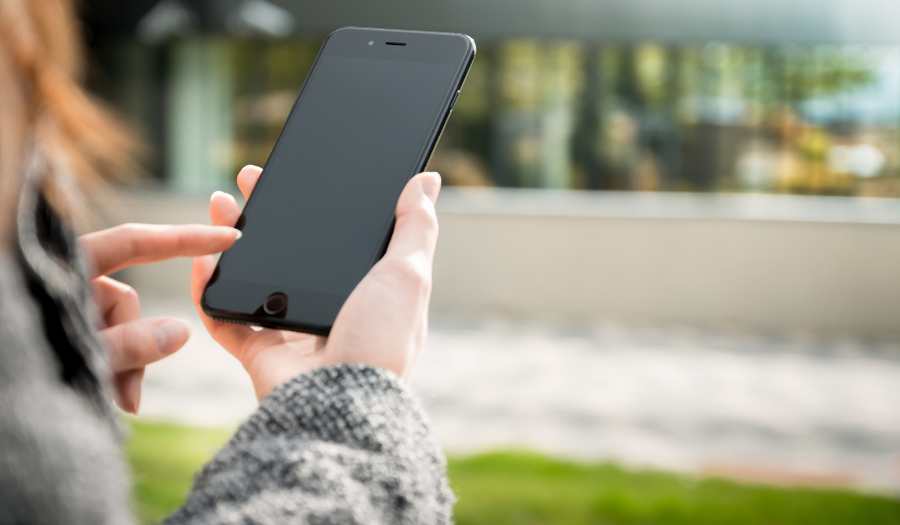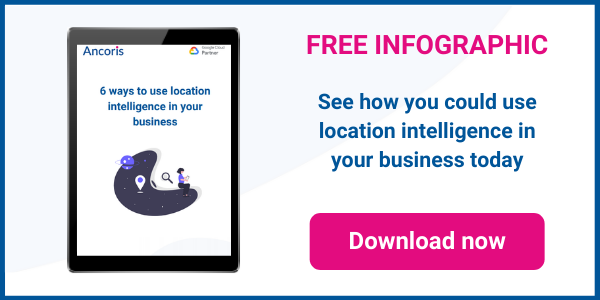In previous posts, we discussed how location should be central to your omnichannel strategy. Mobile and geofencing technology is another powerful tool to take your personalised 1 to 1 marketing strategy to the next level.
What is Geofencing?Geofencing is a form of mobile marketing that involves setting up a virtual perimeter around a physical space such as a retail store or place of interest. When a customer enters the "geofence", retailers can send them a text messages or push notifications provided the customer has opted in to receiving these special offers. This gives retailers the ability to send highly targeted one-to-one communications related to location using geolocation.
Geofence solutions can be integrated into your current mobile applications. Alternatively, new specialised applications can be developed or can even work with the collaboration of a mobile network for pure text messaging alerts without an application.
When used correctly, Geofence solutions can double the ROI of your marketing campaigns, increase brand awareness and strengthen customer loyalty.
GPS or beacons - which one is right for your business?
There are a couple of options for a customer's location to be detected and geofences activated to send a message. You can either use location services on a mobile device or, even more interestingly, work through beacon technology.
Beacons are small bluetooth transmitters (installed in shop premises) whose signals can be detected by mobile applications within a certain range. The disadvantage of using the inbuilt phone location services such as GPS, is that lack of indoor accuracy and the potential to drain the battery. A few technical things can be done to minimise this, but some customers may still view this as a negative when using the geofencing application.
Beacons on the other hand can be used to pinpoint indoor location much more accurately. They can be used for more targeted promotions (the actual item someone is looking at within a shop for example), but they require installation and have a much smaller range.
The technology you decide to use will ultimately come down to what the business wants to achieve and the experience you would like to give your customers. A combination of both could also be used for broader targeting. For example, you could entice a customer walking outside a shopping centre into your store and then send them much more personal targeted messaging once inside.
Have you considered adding geomarketing to your mobile apps?
Geofences and beacons can be used to send the right marketing message to the right person in the right location at the right time. Take a look at the short video below for more inspiration.
Working with a Google Maps Premier Partner
A Google Cloud Partner like Ancoris can help you apply the power of Google Maps to solve current business challenges and develop new digital models using location-based services.
We’re not only a Google Maps Premier Partner but have achieved Google’s Location-Based Services Partner Specialisation. This means we’ve demonstrated both technical proficiency and proven success in building and managing applications using the best of Google Maps Platform and Google Cloud Platform in both web and mobile environments.
If you’d like to find out more about how we can help you, why not take a look at some of our customer success stories or talk to the experts in our Google Maps team.
Article updated January 2021
First published October 2017

